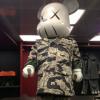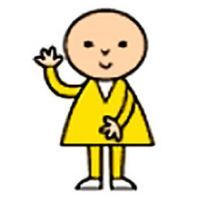DJing/Mixing: How do you do it?
-
hello 2025!
supertalk is free to browse as a guest. You need to be a member to participate in discussions or buy and sell on the classifieds.
Classifieds listings are now free for members.
supertalk is now upgraded to //// supertalk 8 ////
______________________________________
Current new membership is $US 12 ONE TIME FEE. NO RENEWAL FEE.
______________________________________
You can also become a premium superseller or supermember. Businesses who want to promote their brand and products need to become a supersponsor. superfuture® is privately owned and has been online continuously for 26 years. supertalk has been online for 21 years and is a digital cockroach that will survive all current and future apocalypses.
-
Top 10 Active Viewed Topics
-
- 24425 replies
- 6830769 views
-
- 26784 replies
- 6404027 views
-
- 24765 replies
- 4731742 views
-
- 23095 replies
- 3844354 views
-
- 14052 replies
- 3685208 views
-
- 10651 replies
- 3266482 views
-
- 21286 replies
- 3071991 views
-
- 13316 replies
- 2920600 views
-
- 11632 replies
- 2682945 views
-
- 8534 replies
- 2607346 views
-











Recommended Posts